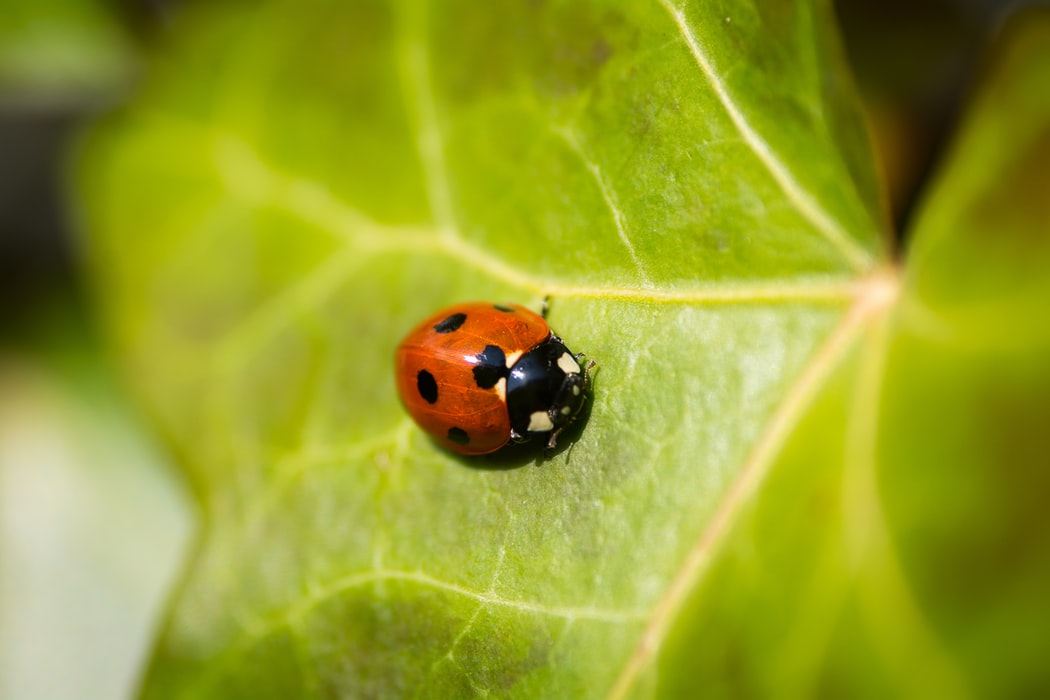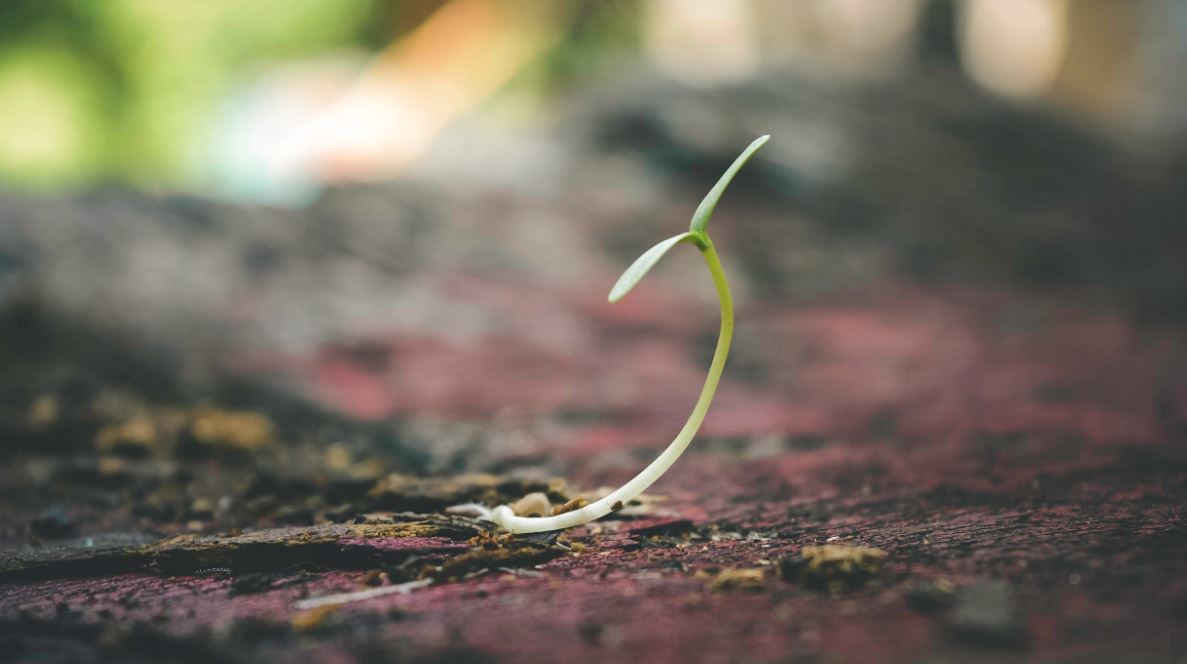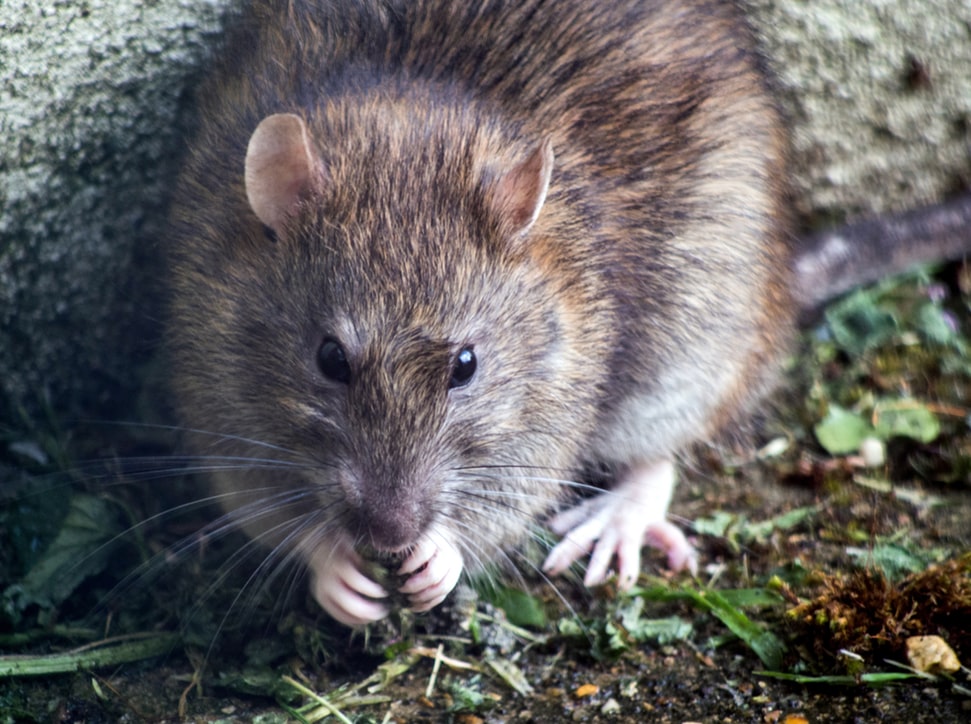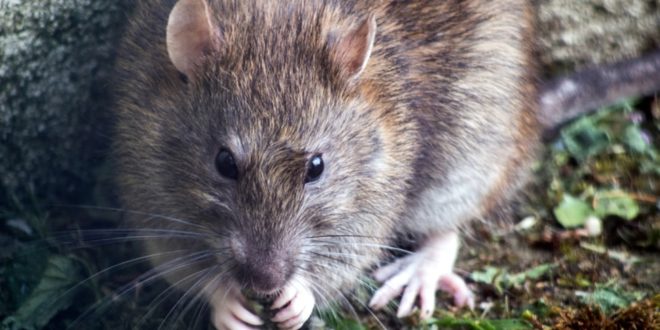Are you tired of constantly having to deal with garden pests? Looking for swift, amicable, and effective solutions? Here, we’ve put together a comprehensive list of 5 simple gardening strategies that will keep your crops safe from future pest attacks!

It’s time you learn how to keep your beautiful garden safe from pests
Struggling with garden pests? Have those annoying animals ruined your crop? Well, relax; it’s normal for gardens to experience one or two pest problems. While most of these are minor attacks, the situation gets serious if their numbers rise to unacceptable levels.
Now, owing to the dangers posed by chemical pesticides, you’ll need to adopt some alternative pest control strategies. Luckily, learning how to protect your crops is not as hard as you might think. Take a look at these 5 useful, organic garden pests control tactics!
1. Using Advantageous Insects

Some insects bring more good than harm to your farm
We’ll start by stating that there are a couple of helpful insects that shouldn’t be in your garden pests list. Here, we’re not just talking about the pollinators but the insects that hunt and eat pests. Some good examples include lacewings, damsel bugs, ladybugs, and even parasitic wasps.
So, how do you attract them to your garden? You don’t have to do much as many of them will always go to a place where protein-rich, fat garden pests live. However, we’ve found that you could also plant flowers with starchy nectar gets. If you’re not sure of which one to plant, feel free to consult a floral expert. There are a wide variety of flowers, and not all are sufficient nectar sources.
2. Plant the Right Crops

The right plant is easily seen at an early age
It’s worth noting that some varieties of crops get attacked by garden pests more often than others. That’s why it’s important to choose a pest-resistant plant like ‘Butternut’ or the ‘King Harry’ leafy potato. This is one of the simplest vegetable garden pests control methods, but you should research well to get the required one. That said, expect to find many diseases and pest-resistant crops for beginner gardens!
3. Use Strong Physical Barriers

Install stable barriers to keep out pests and rodents
If garden pests eating leaves and consuming almost the entire crop, you will have to come up with another intelligent technique. Just fix a solid, physical barricade between your plants and garden pests. Here are a few useful structures that you could use:
- Floating row covers
- A light spun-bound fabric that covers the plants
- Hoops made of wire.
We’ve, quite successfully, used a row cover in our cabbage and kale plantation to ward off caterpillars and worms. It’s also effective in keeping off the cucumber and even bean beetles. However, remove it once the plant starts flowering to make way for the pollinators.
4. Intercropping to ‘Confuse’ Garden Pests
Boosting the quantity of the garden patch is another proven technique to get rid of pests. Once you plant different crops together, you give these pests a difficult time finding their preferred host. A popular example is planting cabbages with maize or beans.
Although there’s still a lot of research being done on intercropping, we feel it’s better to plant a variety of crops in columns, blocks or rows. It may be the simplest method of ‘confusing’ the garden pests that may attack your farm.
5. Choose Healthy Plants

Healthy plants will always bring in huge produce
Here, we don’t just mean plants with high resistance to garden pests but those with a strong immunity too. Yes, crops have an immune system, and an unhealthy or stressed one is quite attractive to these parasites. On the other hand, a healthy plant has its defense mechanisms and can fight off pests with ease. Just ‘feed’ it with a sufficient dose of organic matter for the best results.
Conclusion: These are the 5 basic garden pests identification and control techniques to keep in mind. They are reliable strategies that will leave your farm protected from these destructive insects, as well as help to find a balance between the good and bad bugs. Most importantly, you’ll finally say goodbye to all long-term pest problems.
Now, with that simple understanding, which of these 5 methods will you try first?
About the author: Joshua Sherman is a passionate and experienced gardener from Texas. An avid rancher, he enjoys spending much of his time tending to the crops and livestock on his large farm. On quiet afternoons, he likes to blog and share one or two gardening tips for amateur and seasoned gardeners.
 Gardeners Club The Gardeners Club is a free to join online club for everyone with an interest in gardening and gardens.
Gardeners Club The Gardeners Club is a free to join online club for everyone with an interest in gardening and gardens.



